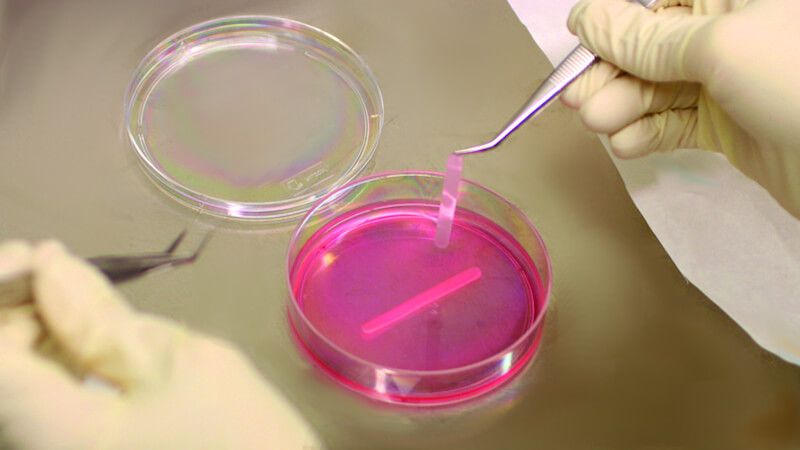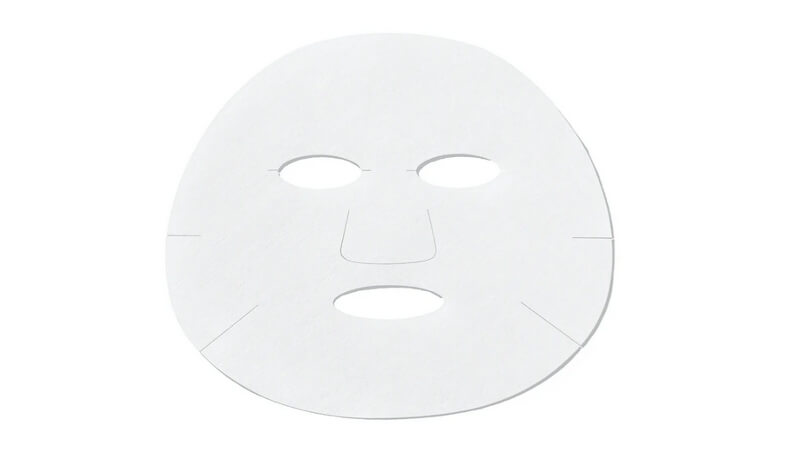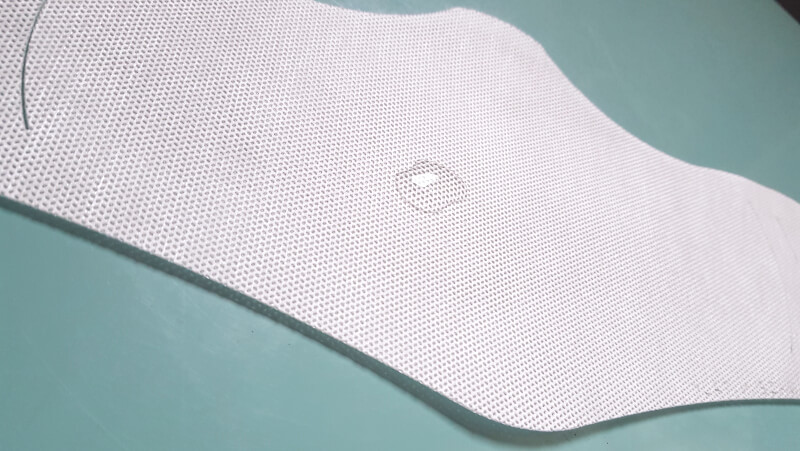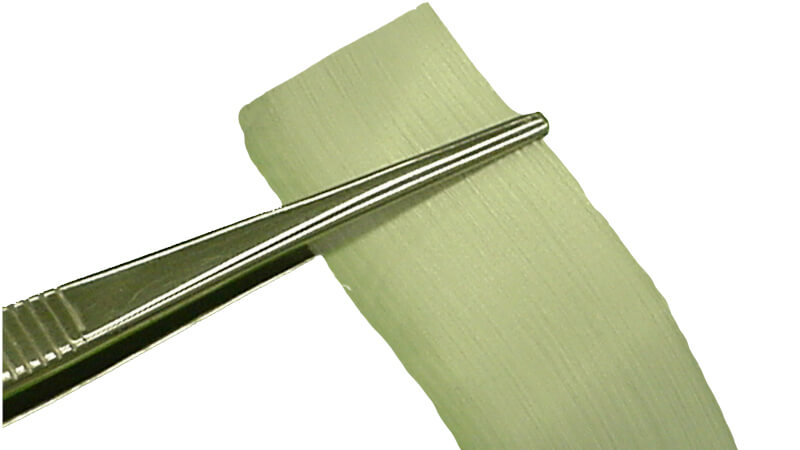Biomedical
- Tissue engineering
- Wound healing
- Graft, stent and suture
- Drug release/delivery
Electrospinning is of particular interest for the fabrication of nano-structured scaffolds for tissue engineering and regenerative medicine in general. In fact, nanometer fiber size is in the same range of physiological tissues structure, thus favoring cell adhesion and proliferation. Moreover, nanofibers can be obtained using many different polymers, eventually with specific features for different biomedical applications. Electrospun and electrosprayed materials represent also an excellent solution for drug delivery, as their high surface area highly increases active compound bioavailability and release.

Cosmetics
Electrospraying has been recently exploited in the cosmetic field for the encapsulation of bioactive compounds, in order to protect their stability, and also to produce facial masks, deodorants and other products in form of dry membrane, with active ingredients embedded on it and easy to be released when used.

Food & Nutraceuticals
- Packaging
- Nutritional
- Agriculture&Fertilizer
Electrospun fibers can be used as packaging material, as they increase barrier performance and can encapsulate active agents to be released as response to environmental conditions.
The efficiency of drug release by nanofibers can be exploited also in agricultural applications, for example as effective realease of pheromones and pesticides.

Filtration
- Air filtration
- Water filtration
- Environmental care
Electrospun membranes present many advantages for air and liquid filtration: in fact, the small fiber pore sizes, together with the high surface to volume ratio, result in high uniformity, high filtration efficiency, easier cleaning procedures and lower maintenance costs.
Furthermore, nanofibers can be doped with active compounds to increase filtration efficiency towards specific contaminants.

Textile
Even if yarn production by electrospinning has not been widely exploited yet, this technology can allow to obtain fabrics with exceptional performances and functionalities, as
electrospun structure is intrinsically highly breathable and light weighting. Moreover, the possibility of easy incorporation of compounds can add antibacterial properties to the fabrics.

Energy
- Batteries
- Sensors
- Electronics
Application of electrospun fibers as power generator matrices has been studied since few years. In fact, their high surface to volume ratio is particularly suitable in this application field, especially for dye sensitized solar cell fabrication and as separation membranes for batteries.

